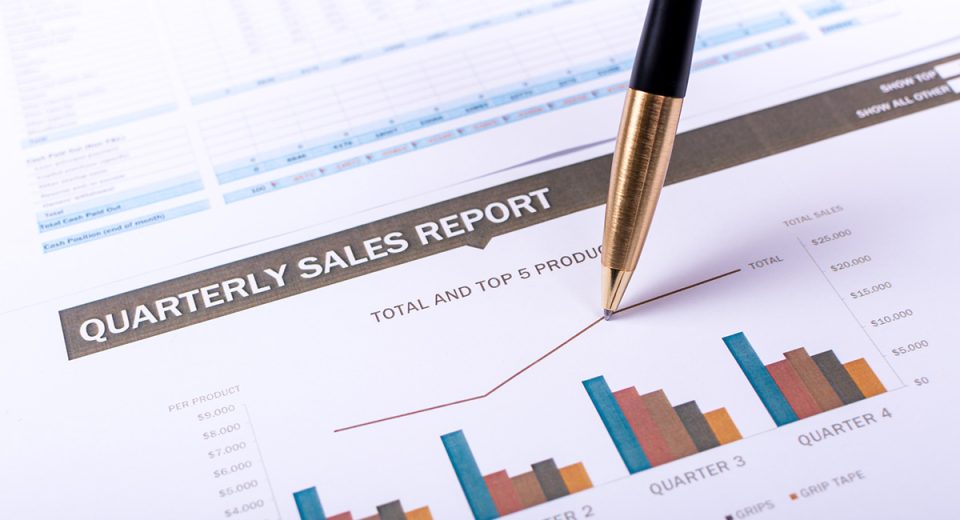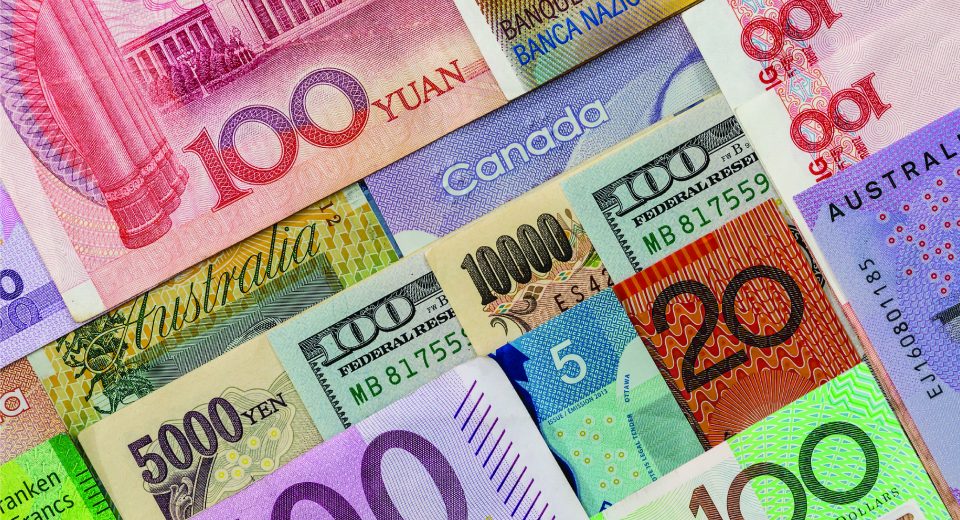The Ultimate Guide to Trading Cross Currency Pairs

After the end of World War II, the US economy and its currency emerged as one of the strongest worldwide. Plus, the US dollar was pegged to gold at that time. This led to the greenback becoming the reserve currency for central banks globally and the base currency for all currencies. Following this, forex traders who wanted to trade currencies other than the US dollar, needed to first exchange one of the currencies in their trading pair to the USD. For instance, if they wanted to trade the GBP/EUR, they would first need to convert the pound sterling into dollars.
This not only complicated forex trading, but it also led to traders losing out on favourable exchange rates. Plus, it took time to open and close traders due to the need to convert currencies to the US dollar. This led to a greater risk of slippage. Fortunately, increasing globalization of the forex market raised demand for easy access to various currencies without needing to depend on the USD. This led to the introduction of cross currency pairs to eliminate the need to convert currencies to the greenback before trading.
What is a Cross Currency Pair?
This is a forex pair that does not include the US dollar, either as the base or quote currency. Crosses weigh two currencies against each other without bringing the USD into the equation. By adding cross currency pairs to their forex trading portfolio, FX traders attempt to hedge against market fluctuations. For instance, by trading the GBP/EUR pair in 2024, traders can manage risks associated with volatility in the US dollar due to the presidential election and Fed rate cuts.
There are two types of crosses to choose from:
- Minor FX Pairs: These are the quintessential cross currency pairs, consisting of currencies from developed economies, excluding the USD. Some of the most popular minor pairs include the EUR/JPY (Euro/Japanese Yen), GBP/AUD (Great British Pound/Australian Dollar), EUR/AUD (Euro/Australian Dollar) and GBP/JPY (Great British Pound/Japanese Yen).
- Exotic FX Pairs: These pairs comprise one major currency and one emerging market currency. However, for them to be cross currency pairs, they cannot include the USD. Also, exotic pairs tend to witness low liquidity and high volatility. Some of the most traded exotic pairs that do not include the greenback are the EUR/TRY (Euro/Turkish Lira), EUR/MXN (Euro/Mexican Peso), GBP/SGD (British Pound/Singapore Dollar), TRY/JPY (Turkish Lira/Japanese Yen) and GBP/PLN (British Pound/Polish Zloty).
Why Add Cross Currency Pairs to Your Portfolio?
When you include these forex pairs in your trading strategy, especially with CFDs, you gain exposure to many more trading opportunities than by restricting yourself to major pairs. Some of the other advantages of crosses include:
- Trade independently of the USD: You can open trades that share a low correlation with US dollar moves and the American economy. This gives exposure to more opportunities compared to pairs that include the USD. It can also help manage risks when the dollar is volatile.
- Portfolio diversification: Diversifying your portfolio with assets that share a low, negative or no correlation is an effective way to mitigate risks. You could even choose to trade the currencies of countries with a high share of exports or imports of a commodity and gain exposure to commodities market moves. However, remember that such trading strategies require thorough research of economic, geopolitical and other factors.
- Increase exposure to specific global events: Want to capitalise on the strong economic growth of Asian economies, such as India? Wondering about the impact of the BoE’s rate cuts? Or do you wish to gain exposure to the supply-demand imbalance in the oil markets by gaining exposure to currencies in the MENA region? Cross currency pairs can help you make the most of economic and geopolitical events across the world.
Some of the other benefits include:
- Exposure to a wider range of markets.
- Potential to earn from diverse volatile markets.
- Trade economic data across multiple countries simultaneously.
- Lower transaction costs with competitive spreads.
Factors to Consider While Trading Cross Currency Pairs
Crosses are affected by the same factors that drive all other forex pairs. Therefore, it is important to keep an eye on:
- Economic indicators: GDP growth, inflation rate, employment numbers, trade deficit, etc., are among the important indicators forex traders keep an eye on. Cross currency pair traders do the same for the economies associated with their chosen pairs.
- Political stability: Emerging economies are especially vulnerable to geopolitical developments. Elections also tend to cause market volatility. Therefore, keeping an eye on the political situation can help predict fluctuations in FX rates to identify viable trading opportunities.
- Interest Rates: Central bank monetary policies significantly impact the domestic currency. Therefore, monitoring policy changes of central banks associated with the currencies in your chosen crosses is important to stay on top of price fluctuations.
One of the primary things to consider while choosing the FX pair is the correlation shared by different pairs. When the pairs tend to move in opposite directions, you can open positions in both pairs simultaneously to maximise chances of success.
Risks Involved in Trading Cross Currency Pairs
While cross pairs face the same risks as trading any other currency pair, they are especially vulnerable to liquidity risks and the impact of leverage.
- Liquidity Risks: Crosses tend to face greater liquidity risks than majors. This means the lesser the popularity of a pair, the higher the liquidity risk. This could lead to wider spreads, which increases transaction costs, and delays in order execution, resulting in slippage. To counter such risks, experienced traders use risk management strategies, such as limit orders, to improve trade execution, and stop-loss to minimise losses.
- Leverage Risks: Trading crosses via CFDs gives you much larger exposure to the forex market than the capital in your trading account alone through the availability of leverage. However, higher exposure also means higher potential for both gains and losses. Therefore, it is vital to choose the leverage ratio carefully. Start with lower leverage till you gain greater confidence in your trading strategy. And don’t forget to include appropriate risk management measures.
To Sum Up
- A cross currency pair is an FX pair that does not include the US dollar.
- There are two types of crosses – minor pairs and exotic pairs.
- Cross currency pairs help traders diversify their portfolios away from the US dollar, increase trading opportunities, hedge trades and gain exposure to specific economic events.
- The factors that move the rest of the forex market also move crosses, such as economic data, political developments and central bank policy changes.
- Trading crosses involves liquidity and leverage risks, making risk management invaluable.
Disclaimer
All data, information and materials are published and provided “as is” solely for informational purposes only, and is not intended nor should be considered, in any way, as investment advice, recommendations, and/or suggestions for performing any actions with financial instruments. The information and opinions presented do not take into account any particular individual’s investment objectives, financial situation or needs, and hence does not constitute as an advice or a recommendation with respect to any investment product. All investors should seek advice from certified financial advisors based on their unique situation before making any investment decisions in accordance to their personal risk appetite. Blackwell Global endeavours to ensure that the information provided is complete and correct, but make no representation as to the actuality, accuracy or completeness of the information. Information, data and opinions may change without notice and Blackwell Global is not obliged to update on the changes. The opinions and views expressed are solely those of the authors and analysts and do not necessarily represent that of Blackwell Global or its management, shareholders, and affiliates. Any projections or views of the market provided may not prove to be accurate. Past performance is not necessarily an indicative of future performance. Blackwell Global assumes no liability for any loss arising directly or indirectly from use of or reliance on such information here in contained. Reproduction of this information, in whole or in part, is not permitted.




